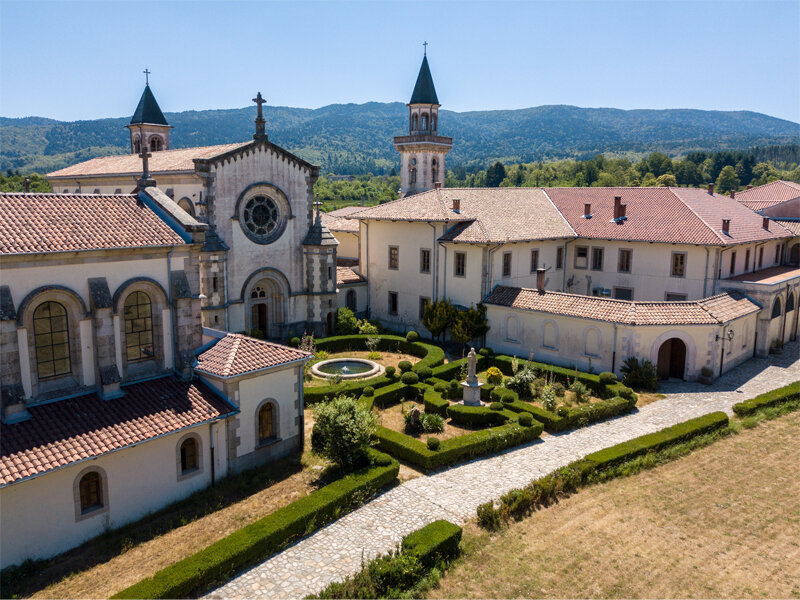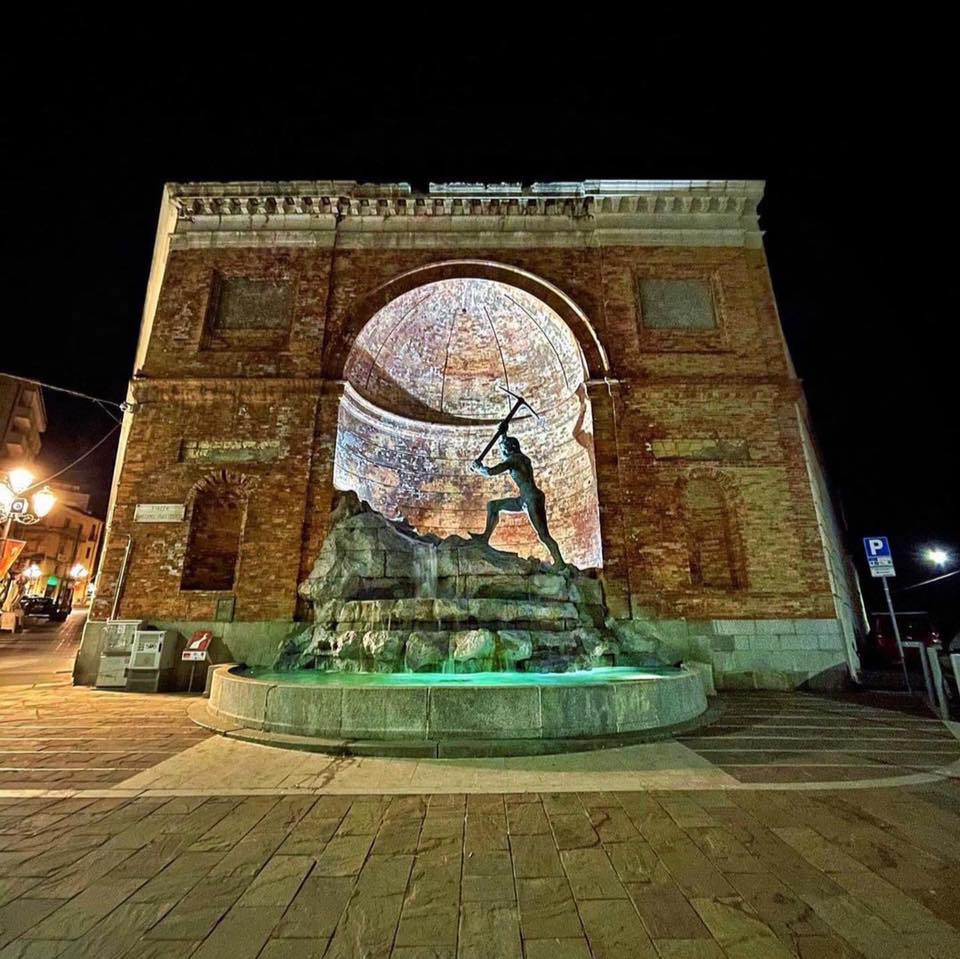By Francesco Tirinato - JUMP Team (Italy)

We are in Serra San Bruno, a well-known tourist resort located in the heart of the Calabrian mountains in the province of Vibo Valentia.
Its foundation dates back to 1095 by Saint Brunon of Cologne, a humble religious man who had obtained the surrounding territories for his monastic foundations from the Norman Count Ruggero I of Altavilla.
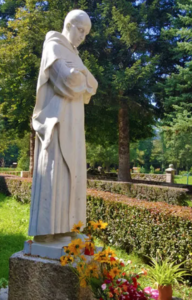
Surrounded by centuries-old beech trees, giant oaks and firs, Italy’s first Carthusian monastery rises solemnly: the ‘Certosa’.
It is a vast complex founded between 1090 and 1101 by Saint Brunon of Cologne (founder of the Carthusian Order), who, in protest against the corruption of the clergy, withdrew into the solitude of the Calabrian woods in search of a silent and uncontaminated place to devote himself to a monastic and contemplative life.
The guests of the Carthusian monastery lived completely separated from the world, in an absolutely inviolable retreat. During the six years he lived at the Great Carthusian monastery. Bruno began the solitary Carthusian life by directing that small community.
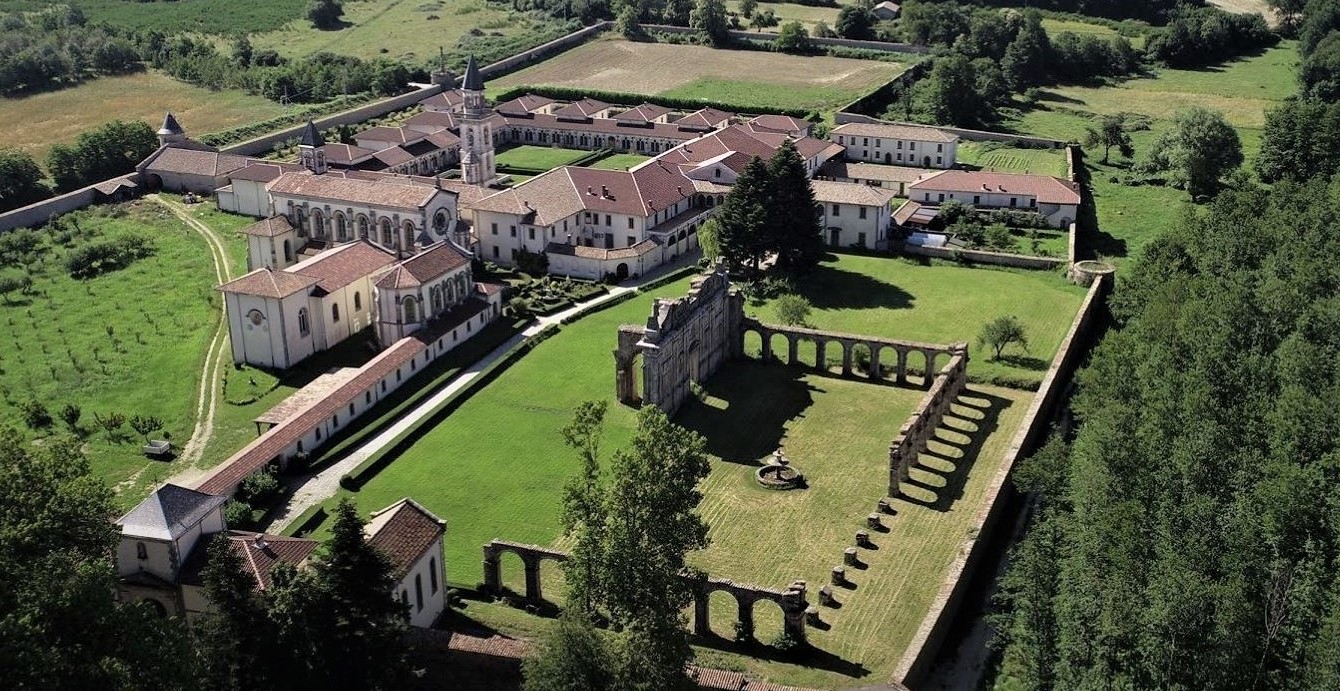
“All that remains of the original complex are the remains of the 16th century four-sided walls with cylindrical corner towers, the lower part of the Doric order facade, part of the 17th century rectangular cloister with a fountain in the centre, the Renaissance facade of the church and the old Carthusian cemetery”.
The Carthusian Monastery was almost completely destroyed by an earthquake in 1783, only to be completely rebuilt in the late 19th and early 20th century.
The new monastic complex looks like a small town immersed in the surrounding woods, and still retains the charm of the past.
A constant destination for pilgrims and devotees, but also for tourists in search of mystical and suggestive environments, the Carthusian monastery is by far the most important place in Serra San Bruno, where some precious works of art from the 17th and 18th centuries are also preserved.
Over the years, it has been the object of numerous illustrious visits, including: the Pope Giovanni Paolo II, the Pope Benedict XVI, the writer Leonardo Sciascia and the Patriarch of Constantinople.
Today only a few monks live in the Carthusian Monastery, and they can be seen every Monday during their usual walk in the woods. The Carthusians are subject to the strict monastic rule of enclosure that has lasted for centuries.
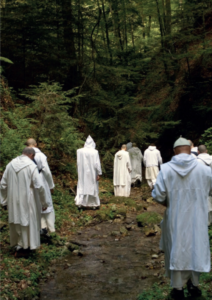
Among the curiosities of the monastery, there is an absolute ban on women, as legend has it that the earth may begin to shake after they enter.
It is not even possible to visit the impressive library inside, which contains more than 25,000 volumes.
Instead, it is possible to visit the Museum, which brings together the Carthusian monastery’s most significant works of art, offering pilgrims and tourists a wide space for reflection and knowledge.
Visiting it means retracing the Saint’s path from France to Calabria and ideally crossing the threshold of an almost inaccessible world.
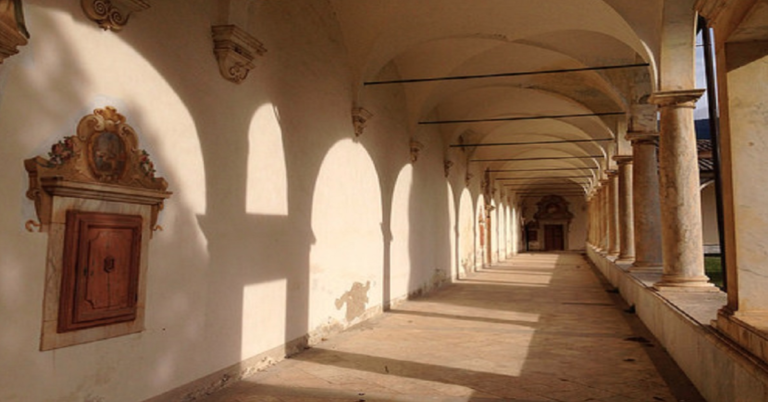
Three kilometres from the Carthusian monastery, surrounded by woods, is the small church of Santa Maria dell’Eremo, with the cave where the saint died in 1101.
In a nearby area there is also the so-called Lake of Miracles, often called the little Ganges of Calabria, where the statue of San Bruno is immersed.
To commemorate the penances that the saint offered to God, a procession is held every year on the Monday after Pentecost, in which people immerse themselves in its icy waters to abandon all earthly temptations.
Although the practice is not widely endorsed by the Church, followers of St Bruno believe that by doing so they help their loved ones get rid of evil spirits.
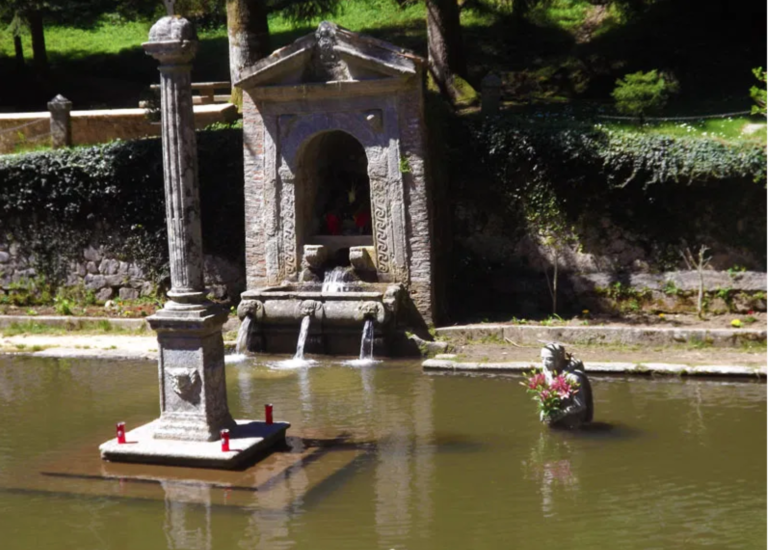
Sources by:
https://www.calabreat.com/questa-e-la-mia-terra/la-magia-del-borgo-di-scilla-6ne93
https://viaggi.fidelityhouse.eu/certosa-di-serra-san-bruno-64431.html
RACCONTI DI CALABRIA: IL LAGHETTO DEGLI SPIRITATI
Photos by:
http://www.calabriadasogno.it/certosa-serra-san-bruno-luoghi-mistici-piu-importanti-del-mondo/
http://www.visitserrasanbruno.it/visitare-serra-san-bruno/musei/museo-della-certosa/lo-spaziamento/
https://www.calabreat.com/questa-e-la-mia-terra/la-magia-del-borgo-di-scilla-6ne93
http://www.calabriadasogno.it/certosa-serra-san-bruno-luoghi-mistici-piu-importanti-del-mondo/
La Certosa di Serra San Bruno, il monastero tra i boschi calabresi (VIDEO)

